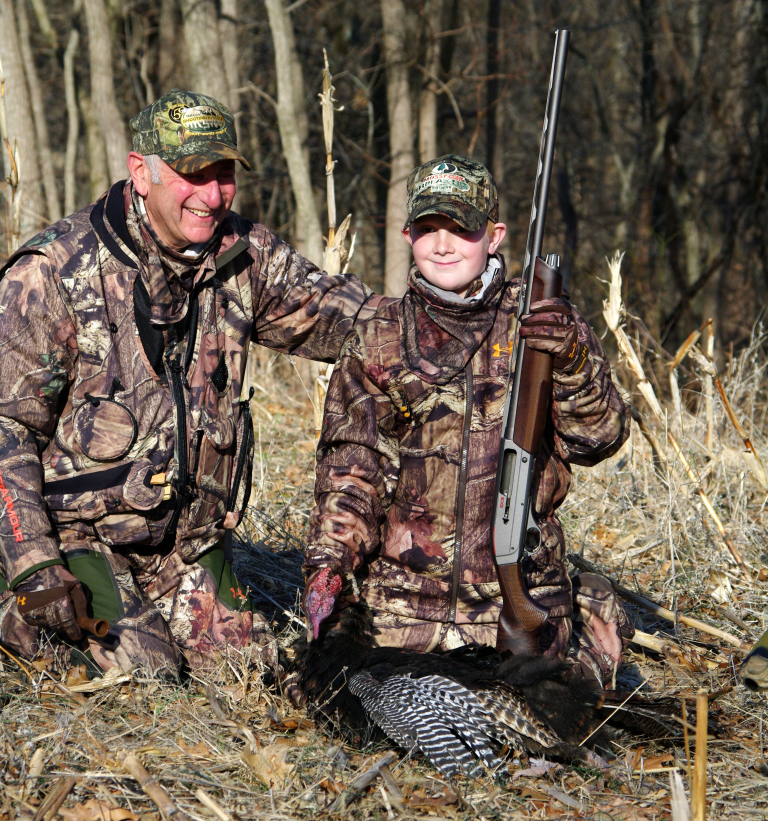Fish Report for 3-16-2017
Moving crab pots that have become navigational hazards?
by Carrie Wilson
3-16-2017
Website
Question: Can I pick up and remove a crab pot that is a navigational hazard and/or has significant line floating on the surface? (Daniel)
Answer: No, it is unlawful to “disturb, move or damage any trap that belongs to another person that is marked with a buoy identification number or unless the person has written permission in possession from the owner of the trap” (California Code of Regulations Title 14, section 29.80(a)(3) and Fish and Game Code, section 9002).
Instead, you are encouraged to report any crab pot creating a hazard to CDFW or the Coast Guard. The Coast Guard has the authority to remove traps that are in violation of rule 9, which prohibits fishing that impedes the passage of a vessel that can only operate safely in a narrow channel or fairway. These are specifically designated by the sector of the coast guard that operates in that area.
Ocean finfish landing net size requirement?
Question: I understand that the following regulation applies to ocean-going kayaks. It says, “No person shall take finfish from any boat or other floating device in ocean waters without having a landing net in possession or available for immediate use to assist in landing undersize fish of species having minimum size limits; the opening of any such landing net shall be not less than eighteen inches in diameter” (CCR Title 14, section 28.65(d)).
My question has to do with how the diameter is measured on a net that isn’t round. Many nets that are aimed at small craft use are not round and meet the opening size in one direction, for example, 18 inches x 14 inches. Is that legally sufficient or must the minimum diameter at any point be no less than 18 inches? That would push the net size up considerably, and given the limited utility of a net (or a gaff for that matter) from a near-water craft like a kayak or float tube, I’d prefer to carry as little as possible. (Ariel C.)
Answer: The net need not feature a circular opening despite its reference to “diameter,” but the net must be a minimum of 18 inches at its narrowest part. Good luck and tight lines!
Turkey Hunting with Lead or Nonlead Shot?
Question: Do I have to use nonlead shot when turkey hunting with a shotgun this spring? (Joe N., Sacramento)
Answer: Yes. Nonlead ammunition is now required statewide when hunting wild turkeys with a shotgun. This applies to both public and private lands (except for licensed game bird clubs), including all national forests, Bureau of Land Management properties and California Department of Fish and Wildlife (CDFW) lands. Private landowners or anyone authorized to hunt on private land must also comply with these regulations.
Shooting too close to neighbors’ houses with permission?
Question: My neighbors and I each live on five-acre lots in Calaveras County that back up to open land with no buildings or dwellings. We all like to hunt and have dove and quail on the back sides of our properties that run in conjunction with each other. I noticed that our houses are between 100-140 yards from the area where we like to shoot which is facing away from our homes. We all allow each other to shoot with no problems, but based on of the language of Fish and Game Code, section 3004 it says we should be at least 150 yards away from our homes. Since we are all in agreement regarding shooting from this area, does this regulation make it illegal? (Brendon G.)
Answer: This regulation reads, “It is unlawful for a person, other than the owner, person in possession of the premises, or a person having the express permission of the owner or person in possession of the premises, while within 150 yards of an occupied dwelling house, residence or other building, or within 150 yards of a barn or other outbuilding used in connection with an occupied dwelling house, residence or other building, to either hunt or discharge a firearm or other deadly weapon while hunting” (FGC, section 3004). It appears you would not violate these provisions but you should also contact your local Sheriff’s Department to see if there are any local laws that may apply to your location.
Carrie Wilson is a marine environmental scientist with the California Department of Fish and Wildlife. While she cannot personally answer everyone’s questions, she will select a few to answer each week in this column. Please contact her at [email protected].
Photos
< Previous Report Next Report >
< Previous Report Next Report >
More Reports
California Department of Fish & Wildlife Reports
for Wednesday, March 15th, 2017
: CDFW awards $15 million for fishery and forest projects
Feather River: Feather River Hatchery closed until further notice
California Department of Fish & Wildlife Reports
for Friday, March 10th, 2017
: Wildlife Conservation Board funds Streamflow Enhancement Projects
: Legislature honors Sebastopol photographer for wildlife photo

Website Hosting and Design provided by TECK.net
